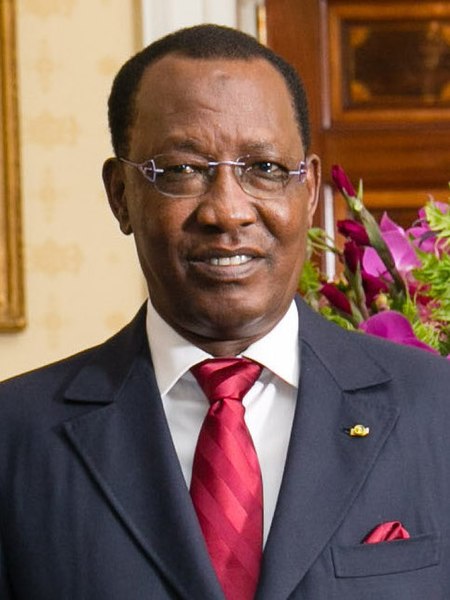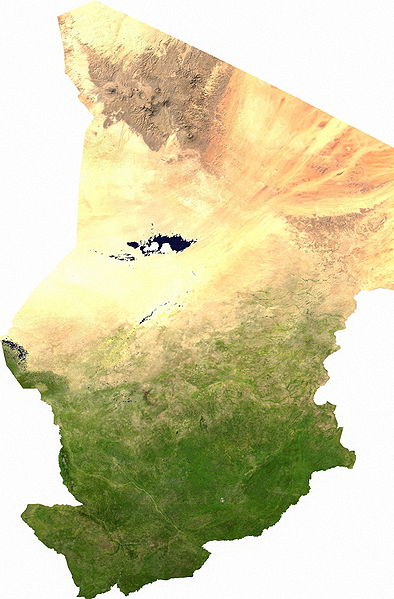Transport infrastructure within Chad is generally poor, especially in the north and east of the country. River transport is limited to the south-west corner. As of 2011 Chad had no railways though two lines are planned - from the capital to the Sudanese and Cameroonian borders during the wet season, especially in the southern half of the country. In the north, roads are merely tracks across the desert and land mines continue to present a danger. Draft animals remain important in much of the country.
Rebuilt Bridge in south west of Chad over the Bragoto River
Through the desert near the Chad-Libya border
Chad, officially the Republic of Chad, is an independent state at the crossroads of North and Central Africa. The landlocked country is bordered by Libya to the north, Sudan to the east, the Central African Republic to the south, Cameroon to the southwest, Nigeria to the southwest, and Niger to the west. Chad has a population of 16 million, of which 1.6 million live in the capital and largest city of N'Djamena. With a total area of around 1,284,000 km2, Chad is the fifth-largest country in Africa and the twentieth largest nation by area in the world.
Group of Kanem-Bu warriors. The Kanem–Bornu Empire controlled almost all of what is today Chad.
A Chadian soldier fighting for Free France during World War II. The Free French Forces included 15,000 soldiers from Chad.
Despite internal political opposition, coup attempts, and a civil war, Idriss Déby continuously ruled Chad from 1990 until his death in 2021.
Chad is divided into three distinct zones, the Sudanian Savanna in the south, the Sahara Desert in the north, and the Sahelian belt in the center.






